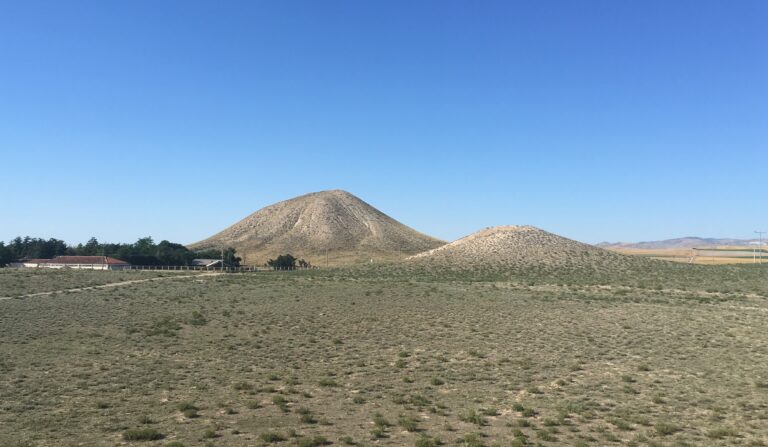New research suggests drought accelerated the Hittite Empire’s collapse
ITHACA, N.Y. – The collapse of the Hittite Empire in the Late Bronze Age has been blamed on various factors, from war with other territories to internal strife. Now, a Cornell University team has used tree ring and isotope records to pinpoint a more likely culprit: three straight years of severe drought.
The group’s paper, “Severe Multi-Year Drought Coincident with Hittite Collapse ~1198-1196 BC,” published in Nature.
The Hittite Empire emerged around 1650 BC in semi-arid central Anatolia, a region that includes much of modern Turkey. For the next five centuries, the Hittites were one of the major powers of the ancient world, but around 1200 BC, the capital at Hattusa was abandoned and the empire was no more.
To find an explanation for the empire’s much-debated collapse, Sturt Manning, professor of arts and sciences in classical archaeology teamed up with Jed Sparks, professor of ecology and evolutionary biology.

Manning and Sparks combined their labs to scrutinize samples from the Midas Mound Tumulus at Gordion, a human-made 53-meter-tall structure located west of Ankara, Turkey. The mound contains a wooden structure believed to be a burial chamber for a relative of King Midas, possibly his father. But equally important are the juniper trees – which grow slowly and live for centuries, even a millennium – that were used to build the structure and contain a hidden paleoclimatic record of the region.
The researchers looked at the patterns of tree-ring growth, with unusually narrow rings likely indicating dry conditions, in conjunction with changes in the ratio of carbon-12 to carbon-13 recorded in the rings, which indicate the tree’s response to the availability of moisture.
Their analysis finds a general shift to drier conditions from the later 13th into the 12th century BC, and they peg a dramatic continuous period of severe dryness to approximately 1198–96 BC, plus or minus three years, which matches the timeline of the Hittite’s disappearance.
“We have two complementary sets of evidence,” Manning said. “The tree-ring widths indicate something really unusual is going on, and because it’s very narrow rings, that means the tree is struggling to stay alive. In a semi-arid environment, the only plausible reason that’s happening is because there’s little water, therefore it’s a drought, and this one is particularly serious for three consecutive years. Critically, the stable isotope evidence extracted from the tree-rings confirms this hypothesis, and we can establish a consistent pattern despite this all being over 3,150 years ago.”
At three consecutive years of drought, hundreds of thousands of people, including the enormous Hittite army, would face famine, even starvation. The tax base would crumble, as would the government. Survivors would be forced to migrate, an early example of the inequality of climate change.
Severe climate events may not have been the sole reason for the Hittite Empire’s collapse, the researchers noted, and not all of the ancient Near East suffered crises at the time. But this particular stretch of drought may have been a tipping point, at least for the Hittites.
“Situations where you get prolonged, really extreme events like this for two or three years are the ones that can undo even well-organized, resilient societies,” Manning said.
That finding has particular relevance today, when global populations are reckoning with catastrophic climate change and a warming planet.
“We may be approaching our own breaking point,” Manning said. “We have a range of things we can cope with, but as we are stretched too far beyond that, we’ll hit a point where our adaptative capacities are no longer matched against what we’re facing.”
Press release from Cornell University.



